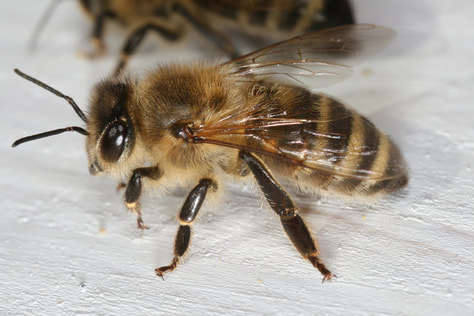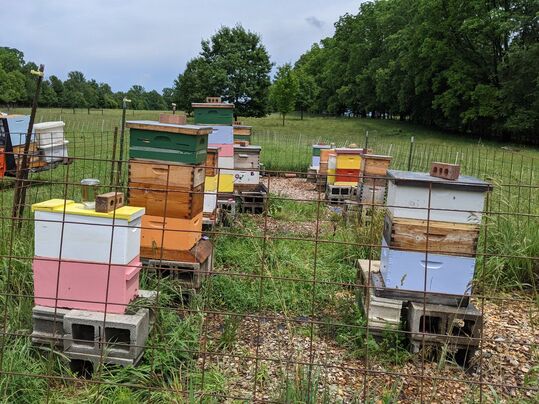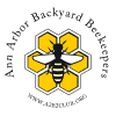 Almost All Worker bees are the sterile, female honey bees that make up the majority of the bees in the colony. They are hatched from fertilized eggs, so are diploid or have two sets of genes (one set from the queen and one from a drone the queen has mated with). They are the smallest bees in the hive. Busy As their name suggests, worker bees do all of the work in the hive. In the summer, workers live for about 5-6 weeks and spend roughly half their lives inside the hive and half outside the hive. A worker bee’s first task is to clean out the cell from which she emerged as an adult. Next, a worker will become a nurse bee, caring for and feeding the brood. There are many other tasks inside the hive such as comb-building, taking care of the queen (as part of the queen’s retinue), and storing nectar brought in by foragers, but not every worker bee will perform every task. The last half of a worker’s life is spent traveling outside the hive as a forager. Collectors Foragers are worker bees who leave the hive to gather resources. Foragers are specialized and will either forage water, pollen, nectar, or propolis (resin from trees). Nectar foragers exhibit floral fidelity, meaning they will only visit flowers of one species of plant on each foraging trip and often only one species the entire day. The species of flower chosen will depend on what’s in bloom. Foraging is dangerous and takes a lot of energy. Foragers are the oldest workers in the hive and will typically die on a final foraging trip. More Information: https://bee-health.extension.org/sequence-of-duties-of-worker-basic-bee-biology-for-beekeepers/
0 Comments
|
AuthorJen Haeger is a new master beekeeper and board member of A2B2. Archives
August 2022
Categories
All
|


 RSS Feed
RSS Feed
